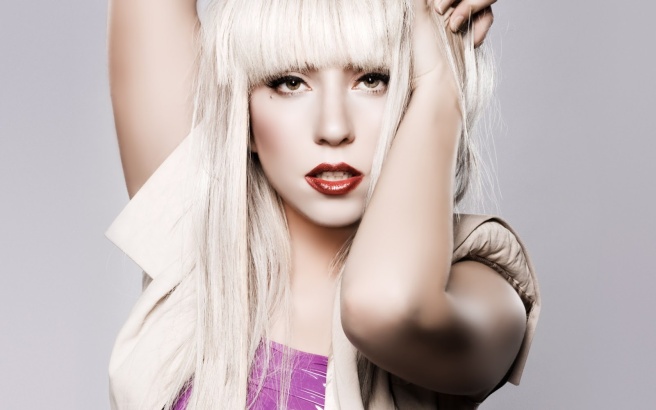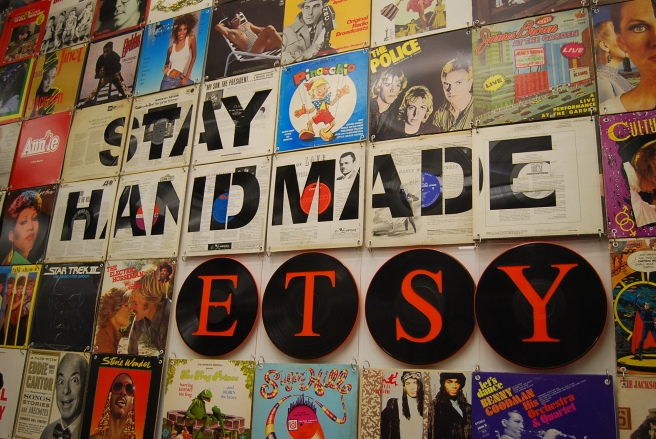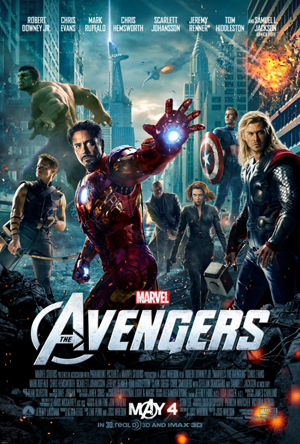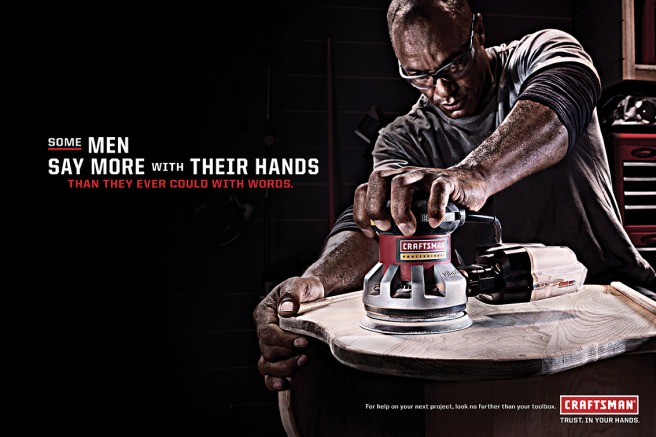Formulas are described in Ray Browne’s Popular Culture: a Reader as “a sophistication and narrowing of the concept of myth into the realization that all cultural expressions develop in a mixture of the old and new, the well established and the newly developing, that is, conventions and inventions” (Browne, 2005). Formulae are used in every story we read, every movie we watch, every video game we play, and every comic book hero that we idolize. It is a tried-and-true way of created a “new” story that we already know people love because they have gone to see it again and again and Marvel comics are no exception.
Marvel comic book heroes all follow the same basic pattern: weak and powerless person suffers some tragedy that they were unable to prevent, they gain powers (via mutation, genetic experimentation, radioactive contamination, or a simple “super suit”), and then use those powers to attempt to stop anyone else from suffering tragedy like they did, saving all of humanity in some instances. We also never see a super hero truly die. Many super heroes have been killed off in an epic battle only to be brought to life an issue later to save their town from impending destruction.
The formula of underdog-beats-the-odds is not new to mainstream entertainment: it is very popular in sports movies, children’s movies, and even romantic comedies (a maid marrying a millionaire sound like a typical underdog to me (Maid in Manhattan, 2002). But the comic book industry uses it only to start their story off. Someone weak usually suffers some sort of tragedy—we’ll use Ororo Munroe (aka Storm) as an example—Storm was the daughter of a Kenyan princess and an American photojournalist and lived with her parents in Cairo until she was five years old—when a plane crashed into her home and killed both of her parents. There was nothing at all she could have done to stop that from happening (nothing anyone could have done without some sort of unnatural powers). She then lived a hard life as a street urchin and pickpocket, her powers not showing themselves until she was in her teens. She then gained the ability to control the weather and served a tribe in Kenya as their goddess, protecting them from supernatural threats until she was called to help save the world and join the X-Men (Ororo Munroe). Even without someone calling her to help save the world, she offered her power to help those unable to do so, to save people from suffering the same fate she suffered.
As stated before, heroes never stay dead. DC Comics killed off their most beloved super hero, Superman, in the 90s, selling more than 2 million copies of the issue that he died in (When DC killed superman they almost killed the comic book industry, 2010). But he didn’t stay dead long. He came back to life and it soon became a common thing to kill off super heroes and have them resurrected to fight again. There is a saying in the comic book industry that “no one stays dead except for Uncle Ben” (No One Stays Dead in Comics, 2014) and Uncle Ben is not killed in every universe within the Multiverse, so technically, he is not 100% dead. Many Marvel characters even have the ability to resurrect themselves (or regrow their body after it being smashed to bit in Wade Wilson’s ( Deadpool) case) and don’t stay dead as a part of their own story and ability set.
While different comic book characters may all seem very unique and have very different abilities or backgrounds, all suffer from the same basic origin story: weakling suffers tragedy, weakling gains power, now-powerful-weakling seeks to protect others (and possibly avenge said tragedy). This basic formula of a weak person becoming strong and defeating evil is something that has brought viewer to movies, readers to books, and gamers to video games. It is a classic tale and loved by everyone. Resurrecting characters, however, is more of a publicity stunt, acting on reader’s emotions to sell more copies for a storyline that keeps you on the edge. Knowing that all things that are made to sell contain some formula that was used by the writer to garner interest makes some stories a little less interesting, but the many different personalities seen in comics help to hide this so that you do not feel as if you are seeing the same origin story over and over again.
References
When DC killed Superman they almost killed the comic industry. And Marvel is about to reload the gun…. (2010, November 27). Retrieved March 21, 2016, from https://comicbookgrrl.wordpress.com/2010/11/27/when-dc-killed-superman-they-almost-killed-the-comic-industry-and-marvel-is-about-to-reload-the-gun/
Browne, R. B. (2005). Profiles of popular culture: A reader. Madison, WI: University of Wisconsin Press.
Williams, O. (2015, October 9). No One Stays Dead In Comics: 16 Superhero Deaths And How Long They Lasted. Retrieved March 21, 2016, from http://www.empireonline.com/movies/features/comic-book-deaths/
Deadpool (Wade Wilson). (n.d.). Retrieved March 21, 2016, from http://marvel.com/universe/Deadpool_(Wade_Wilson)
Ororo Munroe (Earth-616). (n.d.). Retrieved March 21, 2016, from http://marvel.wikia.com/wiki/Ororo_Munroe_(Earth-616)

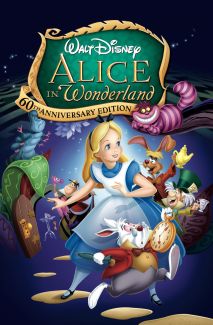 something I loved as a child and I still enjoy watching occasionally. It was not the typical girl movie of my time where princesses waiting for princes to come and save them, or fell in love someone they’ve barely known. It showed a girl going on her own journey, making her own decisions. And it was just plain weird. Once I was in high school I read Lewis Carroll’s books and I even purchased The Annotated Alice which had notes in it about why Carroll wrote what he did or what he meant in a particular section. I have always been into weird and Alice in Wonderland was the first weird film I had seen. It was so different from anything else in my time, where we watched someone explore their own imagination rather than break some curse or run away from their evil step parent.
something I loved as a child and I still enjoy watching occasionally. It was not the typical girl movie of my time where princesses waiting for princes to come and save them, or fell in love someone they’ve barely known. It showed a girl going on her own journey, making her own decisions. And it was just plain weird. Once I was in high school I read Lewis Carroll’s books and I even purchased The Annotated Alice which had notes in it about why Carroll wrote what he did or what he meant in a particular section. I have always been into weird and Alice in Wonderland was the first weird film I had seen. It was so different from anything else in my time, where we watched someone explore their own imagination rather than break some curse or run away from their evil step parent.
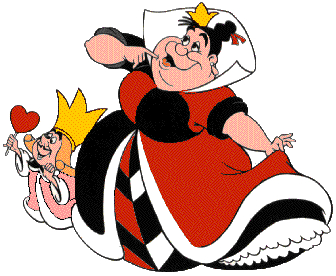


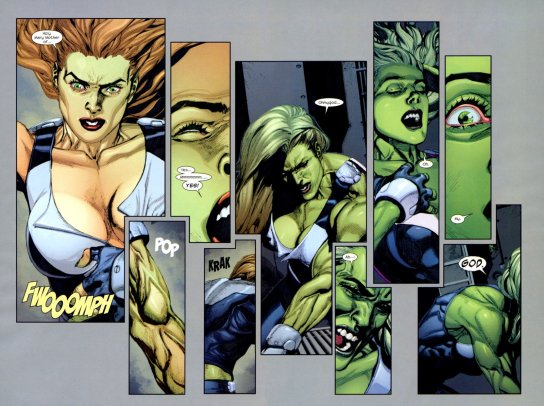
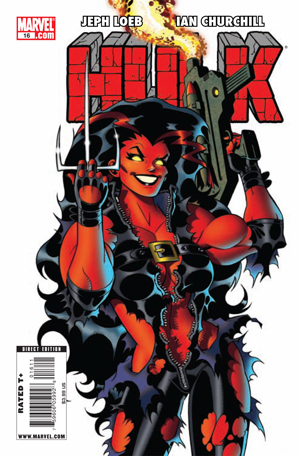

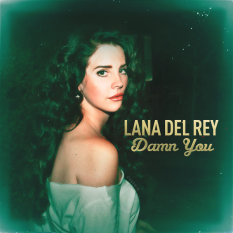 dren than what you had growing up (How Do Americans Define the American Dream in 2015?, 2015). And the definition again begins to change as a new generation ages up; Lana Del Rey states in her song Damn You that “living life on the run” and “getting messed up for fun” is the American Dream, having nothing to lose and just enjoying oneself (Damn You, 2012). Such a hedonistic approach to life has become commonplace in today’s younger generation and has begun to warp the American dream once again to fit the new ideals or the millennial generation. Seeking nothing but pleasure and excitement may not be the American Dream for everyone, but to be comfortable with one’s place in society seems to be the unfailing similarity between all these ideas, whether that means making a lot of money or having a lot of fun (or both) depends on the person (and maybe the generation).
dren than what you had growing up (How Do Americans Define the American Dream in 2015?, 2015). And the definition again begins to change as a new generation ages up; Lana Del Rey states in her song Damn You that “living life on the run” and “getting messed up for fun” is the American Dream, having nothing to lose and just enjoying oneself (Damn You, 2012). Such a hedonistic approach to life has become commonplace in today’s younger generation and has begun to warp the American dream once again to fit the new ideals or the millennial generation. Seeking nothing but pleasure and excitement may not be the American Dream for everyone, but to be comfortable with one’s place in society seems to be the unfailing similarity between all these ideas, whether that means making a lot of money or having a lot of fun (or both) depends on the person (and maybe the generation).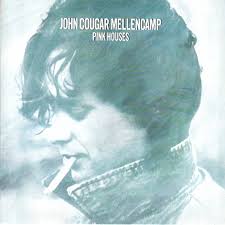 rd” so he can’t be living in a great neighborhood where you should have more property and be far away from disturbing noises. The “woman in the kitchen cleaning up evening slop” he has been with a long time (it may be his wife, it may not be), long enough for him to remember her when she was young and beautiful and he tells her that “I remember when you could top a clock”( Pink Houses, 1983). He is not unhappy with his partner, he is not unhappy with his home, he even has a cat, yet none of it screams middle-class, or mentions upper-middle class, or even whispers upper-class lifestyle. The other man mentioned in the song is the young man; he is described as having “a greasy hair, greasy smile”. He used to be told that he could be president some day but he is happy with his current status in society, stating that “Lord, this must be my destination” and has given up on any dreams like being president, calling them “crazy dreams”( Pink Houses, 1983). This man shows that the American Dream for him was simply that—a dream. The idea of pursing something like being president came and went as he grew older and became content with his current life. We don’t know anything else about the young man’s life, but he sounds like he is happy. And the black man, he may have had dreams too, but they may have faded away and having his woman and his home are now his dream because they made him happy.
rd” so he can’t be living in a great neighborhood where you should have more property and be far away from disturbing noises. The “woman in the kitchen cleaning up evening slop” he has been with a long time (it may be his wife, it may not be), long enough for him to remember her when she was young and beautiful and he tells her that “I remember when you could top a clock”( Pink Houses, 1983). He is not unhappy with his partner, he is not unhappy with his home, he even has a cat, yet none of it screams middle-class, or mentions upper-middle class, or even whispers upper-class lifestyle. The other man mentioned in the song is the young man; he is described as having “a greasy hair, greasy smile”. He used to be told that he could be president some day but he is happy with his current status in society, stating that “Lord, this must be my destination” and has given up on any dreams like being president, calling them “crazy dreams”( Pink Houses, 1983). This man shows that the American Dream for him was simply that—a dream. The idea of pursing something like being president came and went as he grew older and became content with his current life. We don’t know anything else about the young man’s life, but he sounds like he is happy. And the black man, he may have had dreams too, but they may have faded away and having his woman and his home are now his dream because they made him happy.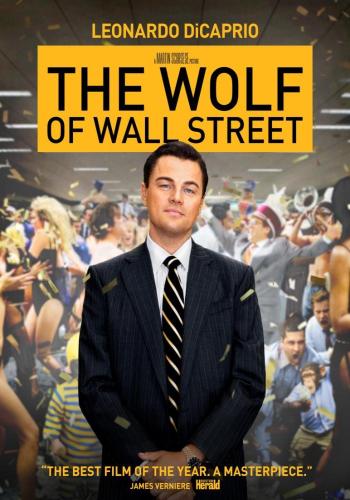 here he learns some shady dealings and begins to make a lot of money selling stocks. He opens his own firm and eventually becomes a billionaire, but not all by legitimate means. He had a huge home, tons of money, plenty of expensive cars—and came from nowhere. Though the rags to riches idea is usually for those who worked hard to make their money—those who became rich my legitimate means—the rags to riches American Dream can still be applied to him as he literally went from nothing to being a billionaire. Jordan Belfort can also be included in the millennial view of the American Dream as he has a heavy reliance on Quaaludes, alcohol, and an extravagant lifestyle. His company was shown partying and drinking during their workday—there was even a parade in the office at one point in time—and Jordan’s closest associates were encouraged to partake in alcohol and drug abuse along with him. He lived a life of excitement, blowing his money on yachts, parties, expensive toys (like his Jaguar) and seeking ultimate pleasure (The Wolf of Wall Street, 2014). A life I’m sure Lana Del Rey would find extremely enticing.
here he learns some shady dealings and begins to make a lot of money selling stocks. He opens his own firm and eventually becomes a billionaire, but not all by legitimate means. He had a huge home, tons of money, plenty of expensive cars—and came from nowhere. Though the rags to riches idea is usually for those who worked hard to make their money—those who became rich my legitimate means—the rags to riches American Dream can still be applied to him as he literally went from nothing to being a billionaire. Jordan Belfort can also be included in the millennial view of the American Dream as he has a heavy reliance on Quaaludes, alcohol, and an extravagant lifestyle. His company was shown partying and drinking during their workday—there was even a parade in the office at one point in time—and Jordan’s closest associates were encouraged to partake in alcohol and drug abuse along with him. He lived a life of excitement, blowing his money on yachts, parties, expensive toys (like his Jaguar) and seeking ultimate pleasure (The Wolf of Wall Street, 2014). A life I’m sure Lana Del Rey would find extremely enticing.